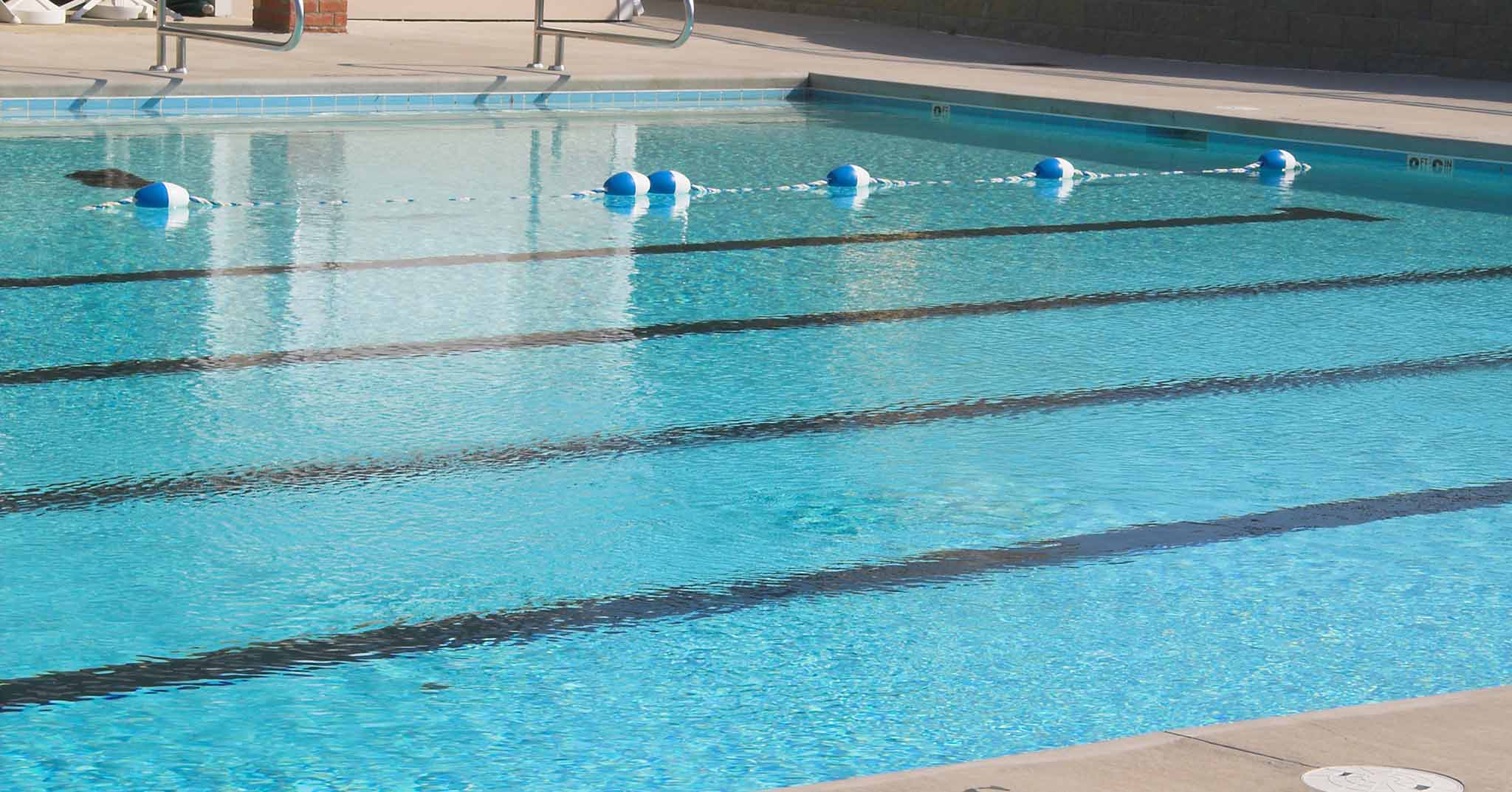With summer upon us, pools can become a hub of activity. Though a popular amenity that increases the property value of the community, it also presents liability and requires considerable oversight and costs. Therefore, it’s necessary to establish and enforce rules and regulations to keep everyone safe so that community members can enjoy fun times at the pool without causing waves for the homeowners association.
Establish Comprehensive Pool Rules
Community members view the pool as a place for relaxation and enjoyment where they can spend time with family and friends. Whereas, an HOA views it through a more pragmatic lens to minimize risk and ensure safety for all. Board members can work with their community association management to create comprehensive rules including proper swimwear, supervision of children and guests, bans on smoking, drinking, glass, etc. as well as how to avoid the spread of illness. When establishing pool rules, there are three basic principles to follow:
1. Legitimate purpose
Pool rules must be reasonable and relate to a legitimate purpose that addresses a problem. The U.S. Consumer Product Safety Commission (CPSC) reports the average number of emergency-treated injuries resulting from a pool accident increased to approximately 6,800 in 2021, which makes safety the top priority.
Pools must be enclosed by at least a 4-foot fence with self-latched gates positioned above a child’s reach. An emergency phone and life preservers should be easily accessible in a conspicuous location. Additionally, hiring a lifeguard for the peak season may be necessary, especially for larger community pools. Make sure onsite staffing is properly trained and available during high traffic times and advise the community when no lifeguard is on duty.
2. Proper authority
Pool rules need to be enforced to be effective. They are responsible for the health and safety of those that work in the common areas and for writing rules in accordance with the Fair Housing Amendments Act of 1988, which include provisions regarding handicap and familial status. Also, if there are any changes to the rules from season to season, board members should follow the formal amendment process.
3. Accurate updates
Community members should be regularly educated and reminded of safety rules through newsletters and other ongoing communication. This includes resident responsibility for guests and children. Children should be supervised at all times by assigning a “water watcher” to keep them in direct sight. Being alert and diligent is key as drowning is the leading cause of death for toddlers ages one to four.
Keep Pool Structures Intact
In addition to establishing rules to keep the community safe, it’s up to the HOA to work with vetted pool vendors that can provide regular pool maintenance and properly adjust the PH and disinfectant levels in the water. The presence of bacteria and viruses can create recreational water illness. The Centers for Disease Control and Prevention (CDC) reports pool water should be clear enough to see the bottom of the pool with no sticky or slimy sides and no strong chemical smell. Supplemental water safety guidelines include:
- Preventing pets and anyone who’s experiencing an infection or illness from entering the pool area.
- Ensuring pool chemicals and pumps are regulated and operating properly.
- Instituting swim-at-your-own-risk policies when onsite lifeguards are unavailable.
- Abiding by new legislation, such as retrofitting construction to ensure safety.
An important part of working with your community association management team involves consulting with an association attorney as well as insurance providers to make sure the property is covered under all liability. Without the proper regulations and/or liability coverage, operating a community pool could become costly due to insurance increases and possible pool shutdowns if safety does not meet the requirements.
Engage the Community
The behind-the-scenes work HOAs put in to make the pool a safe and enjoyable place for everyone is what keeps community water features a splashing success. While rules are in place to set the tone, there’s plenty of room for fun, educational activities, and community events to keep everyone engaged and looking forward to fun in the sun.
- Consider offering onsite swim lessons and/or provide opportunities for collaboration with the YMCA or Red Cross.
- Host a pool safety day. Enlist local firemen or other public service agencies to come out and teach about CPR and rescue skills and create games for kids to increase awareness about how to safely use the pool.
- Provide resources to community members through monthly newsletters with life-saving tips and pool updates to keep safety front of mind as pool use increases.
- Encourage community members to take the Michael Phelps Pool Safety Pledge which affirms that children will never swim alone, have access to swimming lessons, and will stay away from drains in pools and hot tubs.
Summer is here which means the pool should be primed and ready for action. Work with your community association management team to evaluate risk assessment and minimize liability so everyone can enjoy the amenity all season long.
Want to learn more about how our services can help your community thrive? Contact us today to get the conversation started.
Sources:
https://www.cdss.ca.gov/media-center/drowning-prevention
https://www.cpsc.gov/s3fs-public/362%20Safety%20Barrier%20Guidelines%20for%20Pools.pdf
